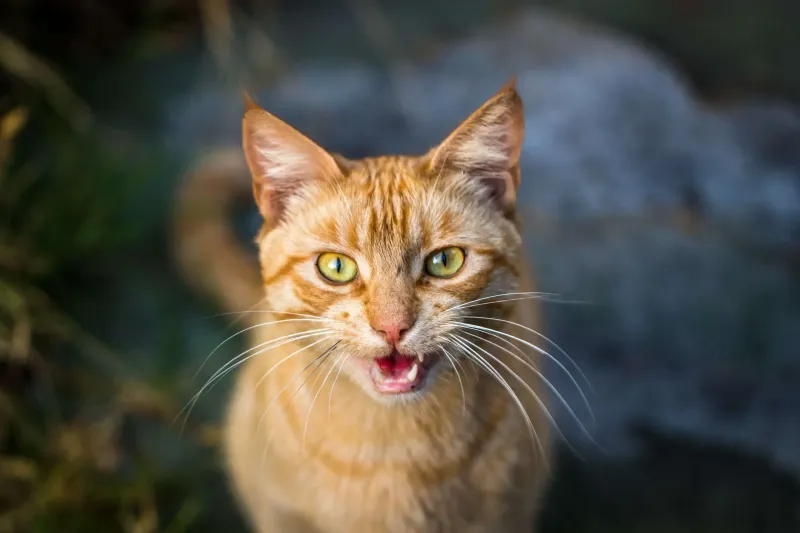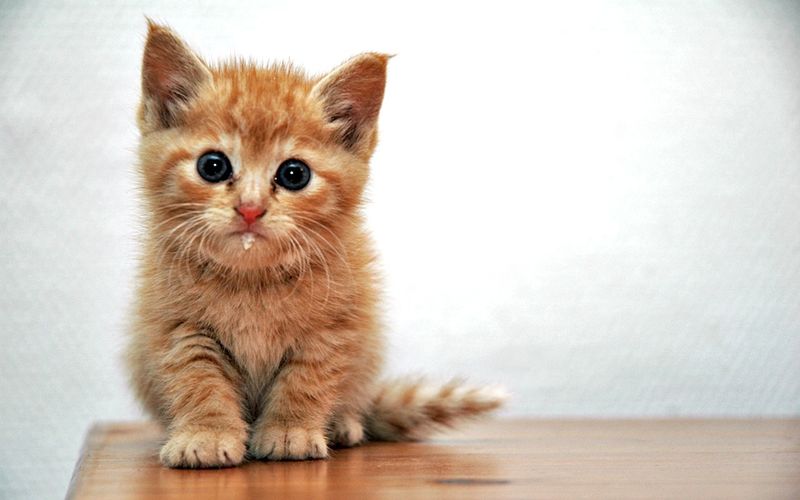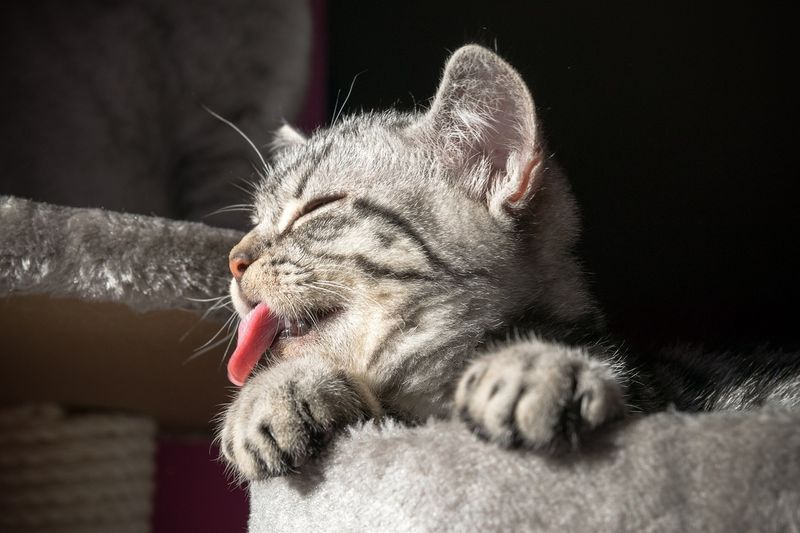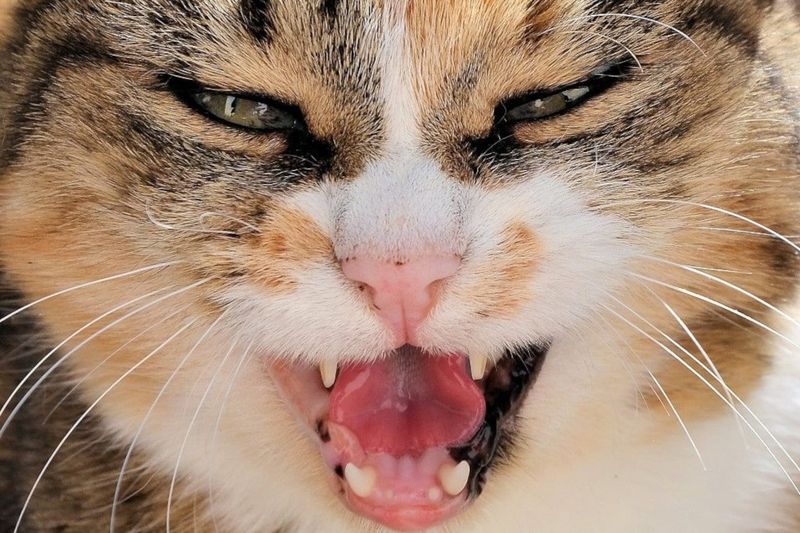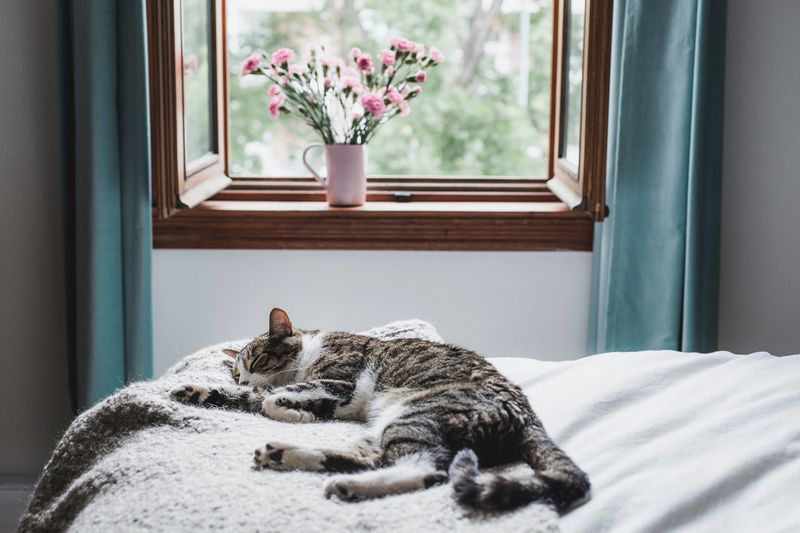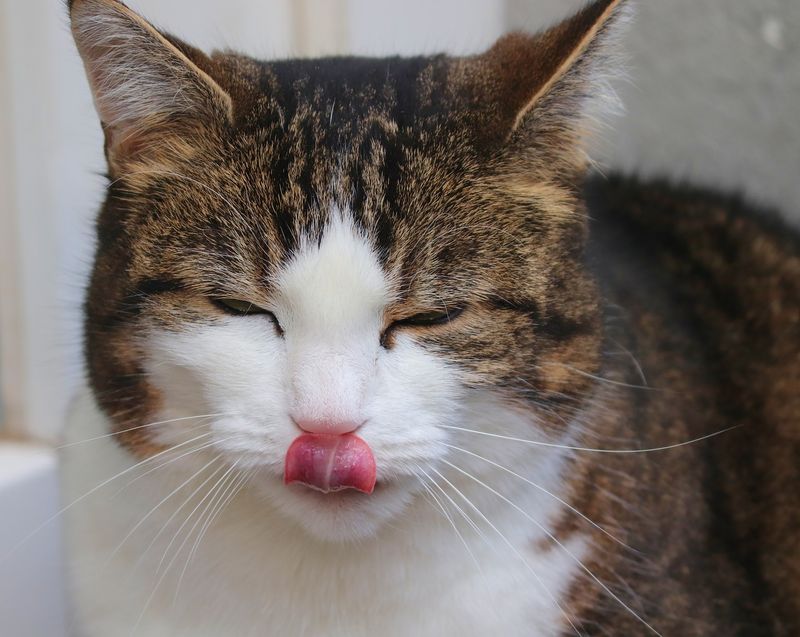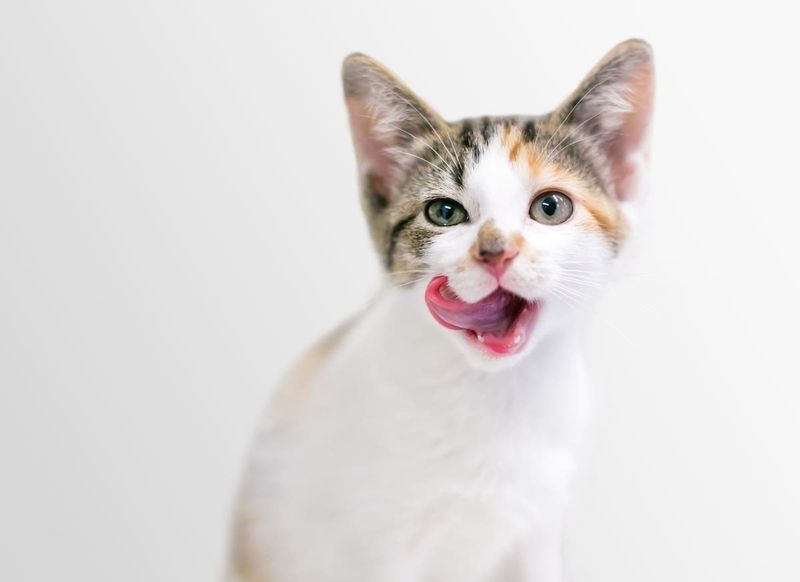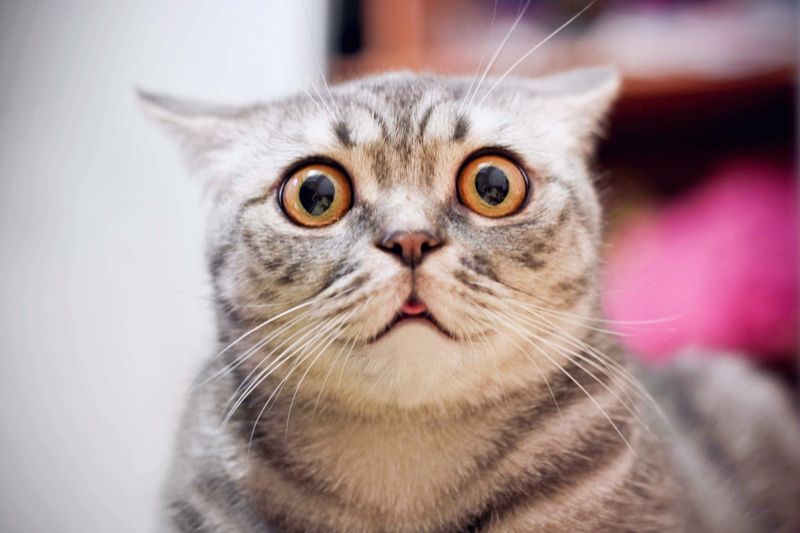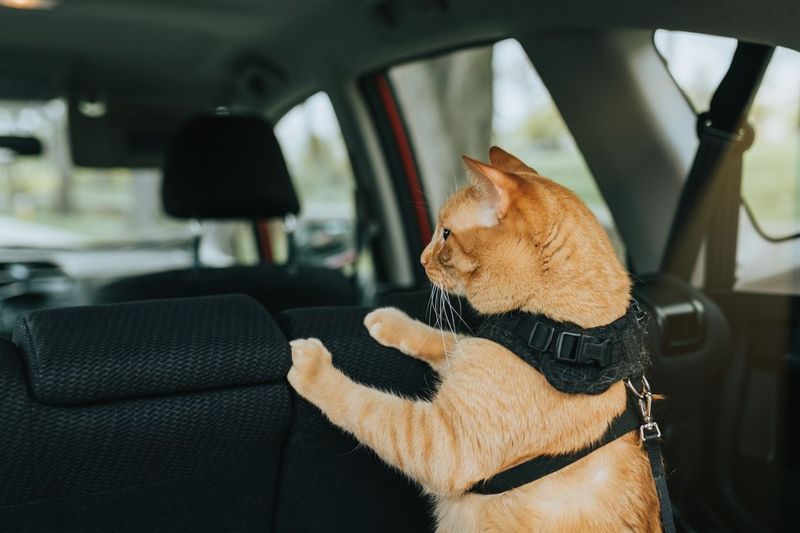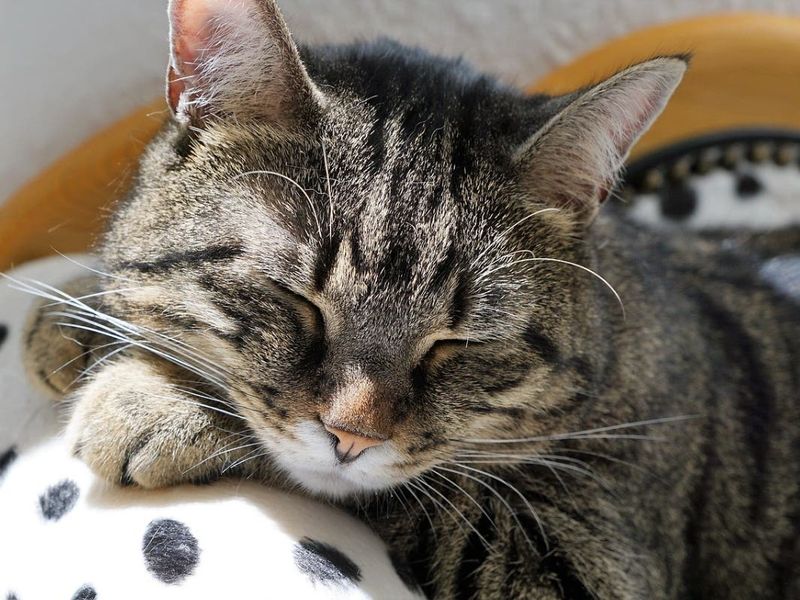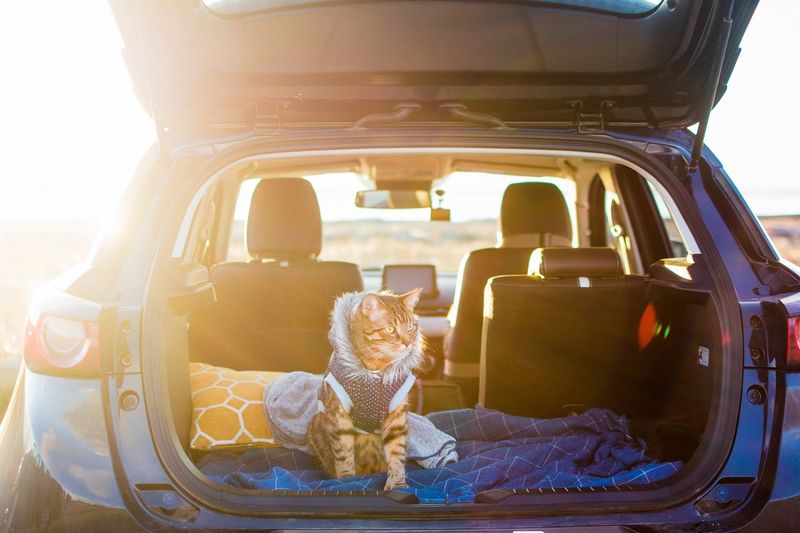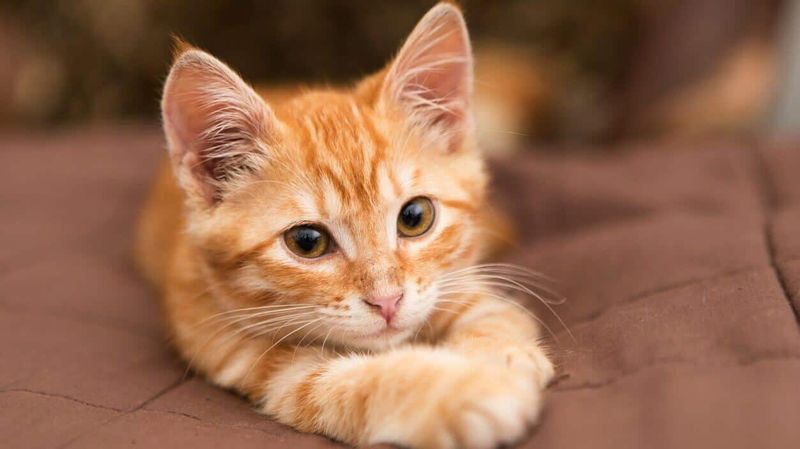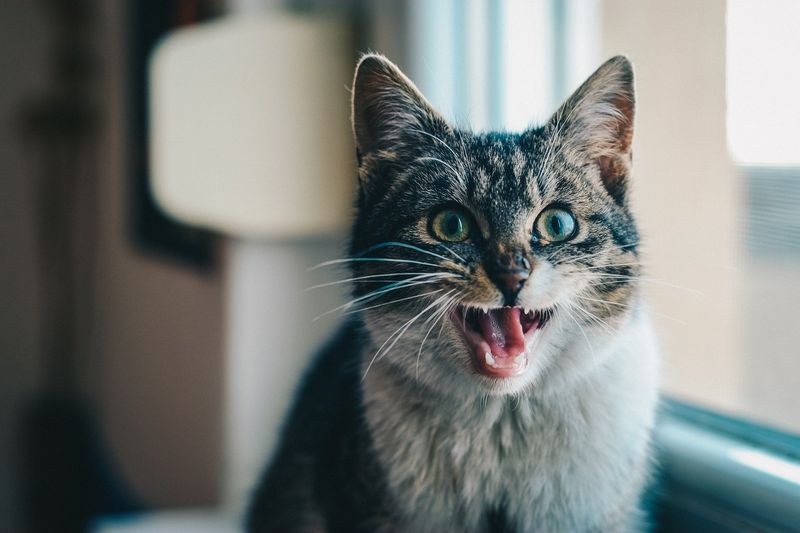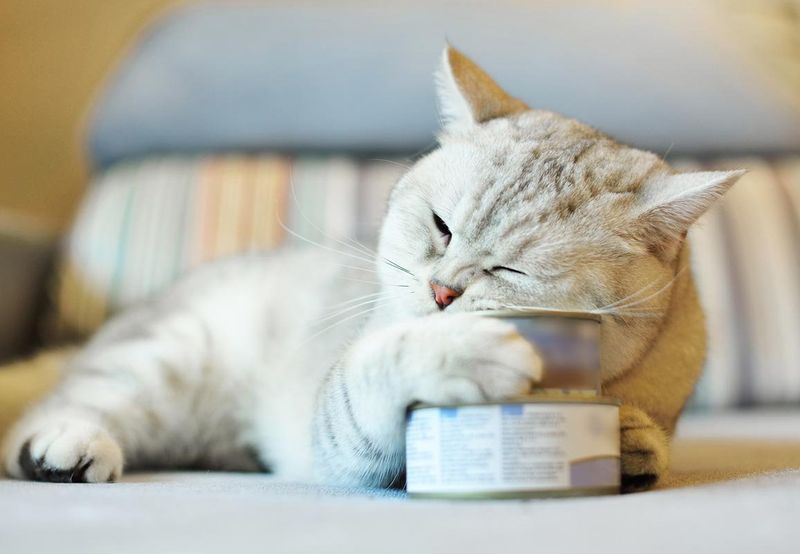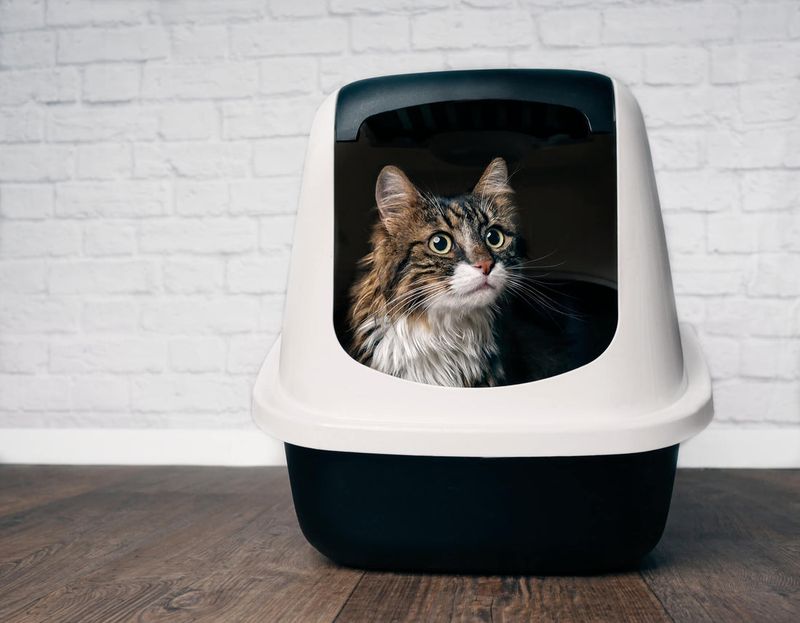aking your cat for a car ride can be a stressful experience—not just for you, but for your furry friend as well. While some cats may tolerate car travel, others struggle with motion sickness, leading to an unpleasant and even distressing ride. Just like humans, cats can experience nausea, dizziness, and discomfort due to the unfamiliar movement of the vehicle. If your feline companion dreads car rides, they may be showing signs of car sickness without you even realizing it.
Understanding the symptoms of feline motion sickness is key to making travel more comfortable for your pet. Some cats may vocalize their discomfort with loud meows, while others may show subtle signs like excessive drooling or restlessness. In severe cases, they may even vomit or refuse to eat before a trip. Recognizing these signs early on can help you take steps to ease their anxiety and prevent car sickness before it worsens.
Luckily, there are ways to help your cat cope with motion sickness, from adjusting their travel environment to seeking advice from your veterinarian. Whether you’re heading to the vet or planning a longer journey, knowing how to identify the symptoms of car sickness in cats will make the trip smoother for both of you.
1. Excessive Meowing or Yowling
A cat that is uncomfortable in the car often makes their distress known through loud, continuous vocalizations. Unlike their usual meows, these sounds may be more intense, longer, and filled with anxiety. Some cats will start meowing as soon as they are placed in their carrier, while others may gradually escalate as the car begins moving. Their cries can range from sad, low-pitched howls to high-pitched yowls that signal extreme discomfort. In many cases, the vocalizations are an attempt to communicate fear or distress to their owner. While some cats quiet down after a while, others will continue vocalizing for the entire ride. If your cat meows excessively during car trips, they may be experiencing motion sickness or stress.
2. Drooling
Saliva buildup is another common indicator of motion sickness in cats, especially if it happens suddenly. Unlike dogs, cats don’t typically drool unless something is wrong, making excessive salivation a clear red flag. Some cats may start with a small amount of drool that progressively worsens as the ride continues. You might notice wet fur around their mouth or damp spots in their carrier. Stress and nausea both contribute to this reaction, often occurring right before vomiting. If your cat drools excessively only when traveling, it’s likely due to motion sickness rather than another medical condition. Addressing their discomfort early can prevent it from escalating into a more severe reaction.
3. Panting
Breathing heavily with an open mouth is unusual for cats, especially outside of extreme heat or exertion. Panting in the car is usually a sign of anxiety, nausea, or both. As their body reacts to stress, they may begin to breathe rapidly, attempting to calm themselves down. Unlike dogs, who pant regularly to regulate temperature, cats only do this when they are in distress. The combination of motion and unfamiliar surroundings can lead to rapid breathing that makes them even more uncomfortable. In some cases, panting is accompanied by other symptoms like drooling or wide eyes. If your cat is panting in the car, pulling over for a short break may help them recover.
4. Vomiting
Throwing up is one of the most obvious and unpleasant signs of car sickness in cats. Many felines will begin displaying symptoms of nausea, such as lip licking or excessive swallowing, before they actually vomit. Motion-induced nausea occurs when the inner ear struggles to process movement, sending mixed signals to the brain. Some cats will only vomit occasionally, while others may get sick every time they travel. Cleaning up vomit mid-trip is never fun, and it can also cause your cat more distress if they are stuck in a soiled carrier. Providing a comfortable, well-ventilated space and limiting food intake before travel can sometimes prevent this reaction. If vomiting becomes a consistent issue, consulting a vet for possible solutions is a good idea.
5. Lethargy or Weakness
Rather than becoming vocal or restless, some cats react to car sickness by becoming unusually still and withdrawn. A typically energetic cat may suddenly appear sluggish, reluctant to move, or uninterested in their surroundings. Nausea and dizziness often contribute to this state, making them feel too unwell to react as they normally would. Instead of meowing or pacing, they may curl up in their carrier and refuse to interact. Lethargy can be particularly concerning because it’s a less obvious sign of distress compared to vomiting or vocalizing. If your cat consistently appears weak or overly tired during car rides, motion sickness could be the culprit. Ensuring a smooth, comfortable ride with minimal turbulence may help reduce their symptoms.
6. Lip Licking
Frequent lip licking is often an early indicator that a cat is feeling nauseous. While occasional licking is normal, a cat experiencing motion sickness will do it repeatedly, sometimes in quick succession. This behavior is usually paired with excessive swallowing, as their body tries to manage discomfort. Some cats may also extend their tongue slightly while licking, giving them a dazed or uneasy expression. If the trip continues, lip licking can progress to drooling or even vomiting. Pet owners who notice this sign early may be able to intervene before the sickness worsens. Providing a stable, quiet environment can sometimes help reduce this reaction.
7. Swallowing Excessively
A cat that swallows frequently during a car ride may be struggling with nausea. This subtle sign often goes unnoticed, especially if the cat is otherwise quiet. Excessive swallowing happens as the body attempts to suppress the urge to vomit. Some cats may also gag slightly or move their mouths in a way that suggests discomfort. If left unchecked, this behavior may lead to drooling or vomiting as their nausea intensifies. Observing your cat closely for these smaller, early warning signs can help prevent a full-blown sickness episode. Keeping their carrier stable and avoiding sudden movements may help ease their discomfort.
8. Wide Eyes or Dilated Pupils
When a cat’s pupils are unusually large during a car ride, it’s often a sign of stress or discomfort. Sudden movement, unfamiliar surroundings, and nausea can all contribute to this reaction. Wide eyes may also be accompanied by tense body posture, indicating that the cat is on high alert. The more anxious they become, the more their pupils may remain dilated. Some cats will also keep their eyes fixed on a single point as they attempt to stabilize their vision. This reaction is common in cats who are prone to motion sickness, as their bodies struggle to adjust to the moving environment. Offering reassurance and keeping the ride as smooth as possible may help reduce this response.
9. Restlessness
Rather than sitting still, some cats react to motion sickness by constantly shifting positions. Pacing, turning in circles, or trying to escape their carrier are all signs that something is wrong. The inability to find a comfortable spot suggests that they are experiencing discomfort, whether from nausea or stress. Some cats will repeatedly push their head against the sides of their carrier, attempting to get out. If they cannot settle down after several minutes, they may be experiencing motion sickness rather than just general anxiety. A comfortable, secure travel setup can sometimes help restless cats feel more at ease.
10. Whisker Twitching
Facial expressions can reveal a lot about a cat’s emotional state, and whisker movement is no exception. Twitching or vibrating whiskers can indicate irritation, anxiety, or even nausea. Unlike the relaxed, forward-facing whiskers of a content cat, motion sickness may cause them to flick backward or tremble. This behavior is often accompanied by wide eyes, lip licking, or head shaking. A cat experiencing this symptom may also be more sensitive to touch or sound. Understanding these subtle signs can help owners intervene before the sickness escalates. Providing a quiet, stable environment can make a noticeable difference.
11. Hiding Behavior
When feeling unwell, many cats instinctively try to hide. In a moving car, this may mean curling up into a tight ball or pressing themselves into a corner of their carrier. Some may bury their face under a blanket or turn away from any outside stimuli. This withdrawal is a survival instinct that helps them cope with discomfort. A cat that hides excessively during car rides may be experiencing motion sickness rather than simple nervousness. Ensuring their carrier is secure and enclosed can sometimes make them feel safer. Creating a familiar travel environment with their favorite blanket or toy may also help.
12. Increased Heart Rate
A racing heart is a common response to stress, fear, or physical discomfort in cats. During a car ride, a cat experiencing motion sickness may have an elevated heart rate due to anxiety or nausea. Unlike other symptoms, this one can be harder to notice unless you physically check your cat’s pulse. However, you might observe signs of nervous energy, such as trembling, rapid breathing, or an overall tense posture. The combination of motion and unfamiliar surroundings can make their body react as if they are in danger. If a cat’s heart rate remains consistently high throughout the trip, it could indicate extreme discomfort. Reducing stress with a cozy, enclosed carrier or calming aids can help regulate their response.
13. Frequent Swallowing
Repeated swallowing is a subtle but telling sign that a cat is feeling nauseous. Before vomiting, many cats instinctively swallow more often as their body tries to suppress the urge to be sick. This behavior may be accompanied by excessive lip licking or slight gagging movements. If a cat appears to be gulping down saliva more frequently than usual, motion sickness could be the cause. Some cats will also extend their necks slightly while swallowing, as if trying to relieve discomfort. While this symptom alone may not always lead to vomiting, it often signals that the nausea is progressing. Watching for these early cues can help prevent more severe reactions later in the trip.
14. Refusing to Eat Before a Trip
Cats that struggle with car sickness may instinctively avoid eating in the hours leading up to travel. Nausea, anticipation of discomfort, or past negative experiences can make them reluctant to eat, even if they are normally food-motivated. Some cats may sniff their food but refuse to take a bite, while others won’t show interest at all. This self-imposed fasting is their way of minimizing the risk of vomiting, much like how some humans avoid food before a long journey. If your cat consistently skips meals before car rides, it may be their way of coping with motion sickness. Feeding a light meal well in advance of travel or offering a small treat after arrival can help ease their experience.
15. Urinating or Defecating in the Carrier
Unexpected accidents inside the carrier can be a sign of extreme distress during travel. Motion sickness, coupled with anxiety, can cause a cat to lose control of their bladder or bowels, even if they are typically well-trained. Some cats may experience diarrhea due to stress, while others may urinate out of fear. This reaction is especially common in cats who have had traumatic experiences with travel in the past. Cleaning up mid-journey can add to the stress for both the pet and the owner, making it important to address the root cause. Ensuring a comfortable, stable carrier and reducing travel anxiety can help prevent this from happening in future trips.

